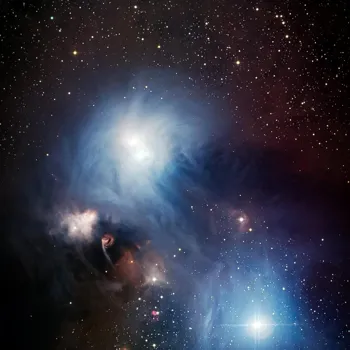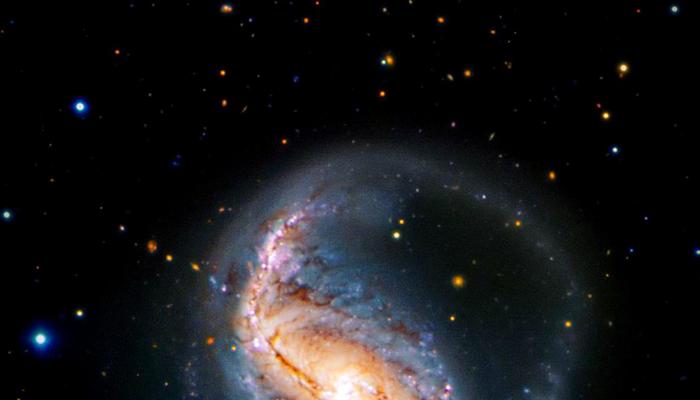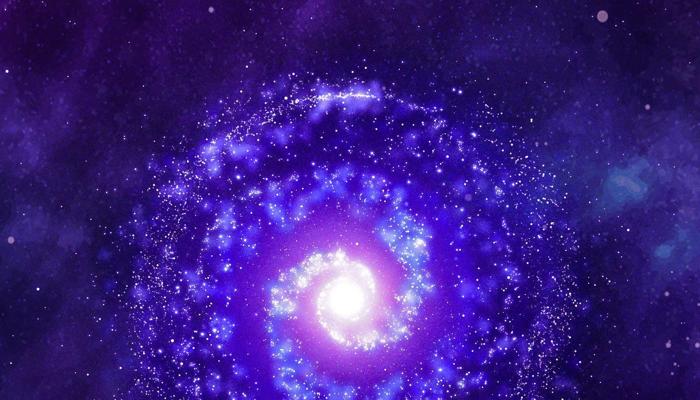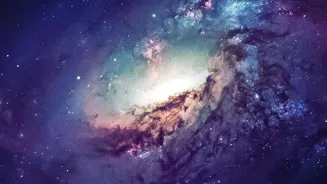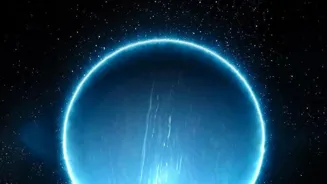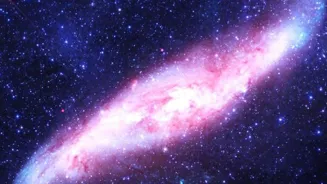Unravel the Colorful Life of Stars: A Journey Through Their Evolution. Dive into the cosmic spectacle!
From the twinkling lights we see in the night sky to the life-giving Sun, stars are some of the most
fascinating objects in the universe. But did you know that stars aren't all the same?
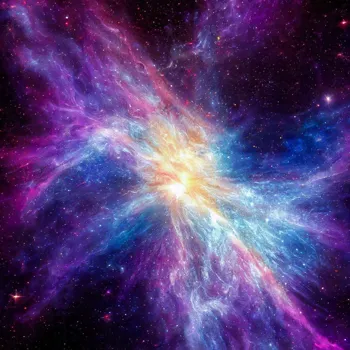
They come in different sizes, colors, and brightnesses, and they change dramatically over their incredibly long lifespans. Just like people, stars are born, they live, and they eventually die, going through various stages along the way.
Let's take a journey to explore the colourful and dynamic lives of these celestial giants.
Stars form from nebulae, undergo fusion, shine bright in main phase
Stars are born within huge clouds of gas and dust, mostly hydrogen and helium, called nebulae. These nebulae are scattered throughout galaxies. Gravity, the force that pulls things together, plays a crucial role in star formation.
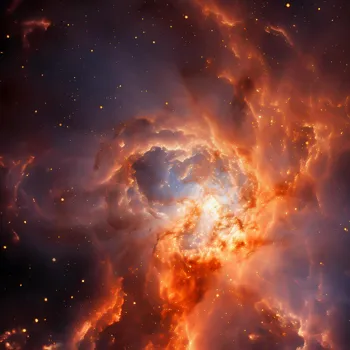
Within a nebula, denser regions start to collapse under their own gravity. As the cloud collapses, it heats up. This rotating, hot core is called a protostar – essentially, a baby star. Over millions of years, the protostar gathers more and more material, increasing its temperature and density.
Once the core reaches a critical temperature, nuclear fusion ignites. Nuclear fusion is the process where hydrogen atoms are smashed together to form helium, releasing enormous amounts of energy. This energy is what makes a star shine brightly.
The newly born star then enters its main sequence phase, the longest and most stable period of its life.
Main sequence phase in stars crucial for energy balance, Sun's phase lasts 4.5B years
The main sequence phase is like the adulthood of a star. During this phase, the star steadily fuses hydrogen into helium in its core, generating a tremendous amount of energy that counteracts the force of gravity trying to collapse it.
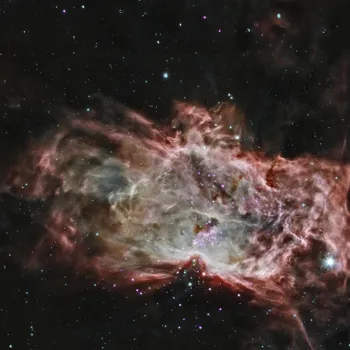
Our Sun is a main sequence star and has been in this phase for about 4.5 billion years. And expected to remain for another 4 - 5 billion years. The length of a star's main sequence phase depends on its mass.
Massive stars burn through their fuel much faster than smaller stars, so they have shorter lifespans. Imagine a car: a big, powerful car uses up its fuel much quicker than a small, fuel-efficient car.
Similarly, a massive star will consume all the hydrogen in its core faster, compared to a sun-like star. During this phase the star exhibits a stable luminosity and temperature.
Star transforms into red giant, fusing helium into carbon
As a star exhausts the hydrogen fuel in its core, it begins to change. The core starts to contract under gravity, while the outer layers of the star expand and cool. This leads to the star becoming a red giant.

Red giants are much larger and cooler than main sequence stars, giving them a reddish appearance. The expansion of the outer layers is quite significant; in the case of our Sun, it's expected to expand so far as to engulf Mercury and Venus.
During the expansion phase, the star begins fusing helium into carbon in its core. This helium fusion is a more complex process, and it doesn't last as long as hydrogen fusion. When the helium runs out, the star's fate depends on its mass for the final phase in its cycle.
Sun-like stars form planetary nebulae, end as white dwarfs
For stars like our Sun or smaller, the red giant phase is followed by a relatively gentle end. After the helium is exhausted, the star's core collapses, and it sheds its outer layers into space, forming a beautiful, glowing shell of gas called a planetary nebula.
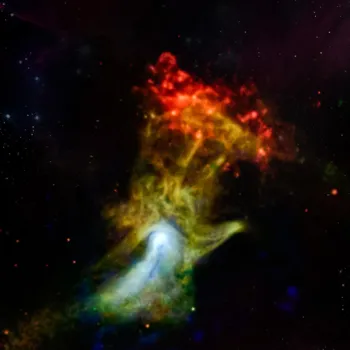
The remnant core, now exposed, becomes a white dwarf. A white dwarf is an extremely dense, Earth-sized object that slowly cools and fades away over billions of years. It no longer produces energy through nuclear fusion, simply radiating away its remaining heat.
Eventually, after a very long time, the white dwarf will cool down to the point where it stops emitting all visible light, becoming a black dwarf.
Massive stars end dramatically with supernova explosion scattering heavy elements
Massive stars, on the other hand, have a much more dramatic end. After exhausting their helium fuel, they can continue to fuse heavier elements in their cores, such as carbon, oxygen, and eventually silicon. This process continues until iron builds up in the core.
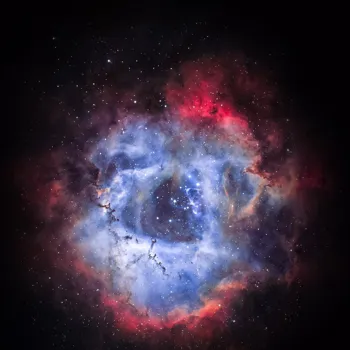
Iron is the end of the line because fusing iron doesn't release energy; it requires energy. As a result, the core abruptly collapses, triggering a supernova explosion. A supernova is one of the most powerful events in the universe.
A supernova shines brighter than an entire galaxy before eventually dimming. The supernova explosion scatters all heavy elements created within the star into space.
Supernova remnants form neutron stars or black holes, seeding new celestial bodies
What remains after a supernova depends on the mass of the original star. If the core is massive enough, it can collapse into a neutron star which is an incredibly dense object composed mostly of neutrons.
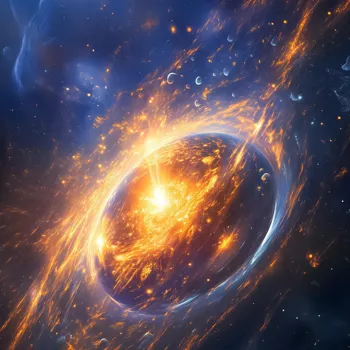
If the core is even more massive, it can collapse into a black hole, an object so dense that its gravity is so strong that nothing, not even light, can escape from it.
These remnants, whether neutron stars or black holes, mark the end of a star's life cycle, but the material ejected during a supernova explosion becomes the building blocks for new stars and planets, completing the celestial cycle of birth, death, and rebirth.
In other words matter which stars shed during their lifecycle, provides new ingredients for a nebula to start collapsing, and to start the birth of new stars, and its planets.
Stars illuminate the universe in various forms
From brilliant blue giants to slowly fading white dwarfs, stars light up the universe.
